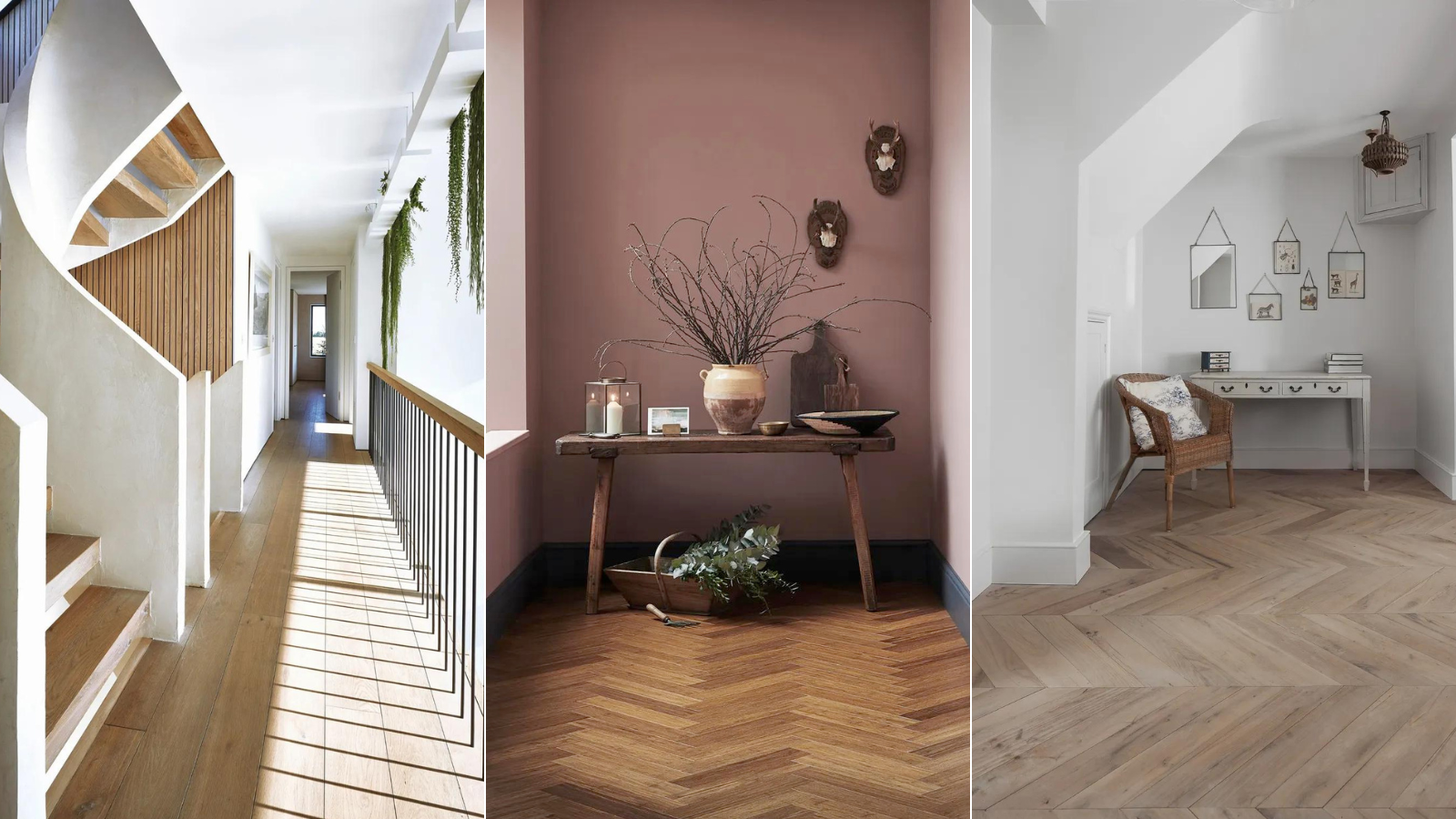
Accidents can happen, and the once smooth or glossy surface of your beloved piece of wood furniture is suddenly marred by scratches or a deep gouge.
It might be a casualty of a house move, from the claws of playful pets, a crafting mishap, or the dropping of a sharp-edged ornament. Whatever the cause, when you first see the damage to your table, credenza, kitchen countertops, garden set, or real wood floor, the first rule is not to panic.
The damage can usually be repaired without needing to send it to the professionals for refinishing. All you need are a few tools and a bit of patience.
How to repair scratches on wood
We’ve shared some expert tips on just how to repair a scratch to your wood furniture or surfaces.
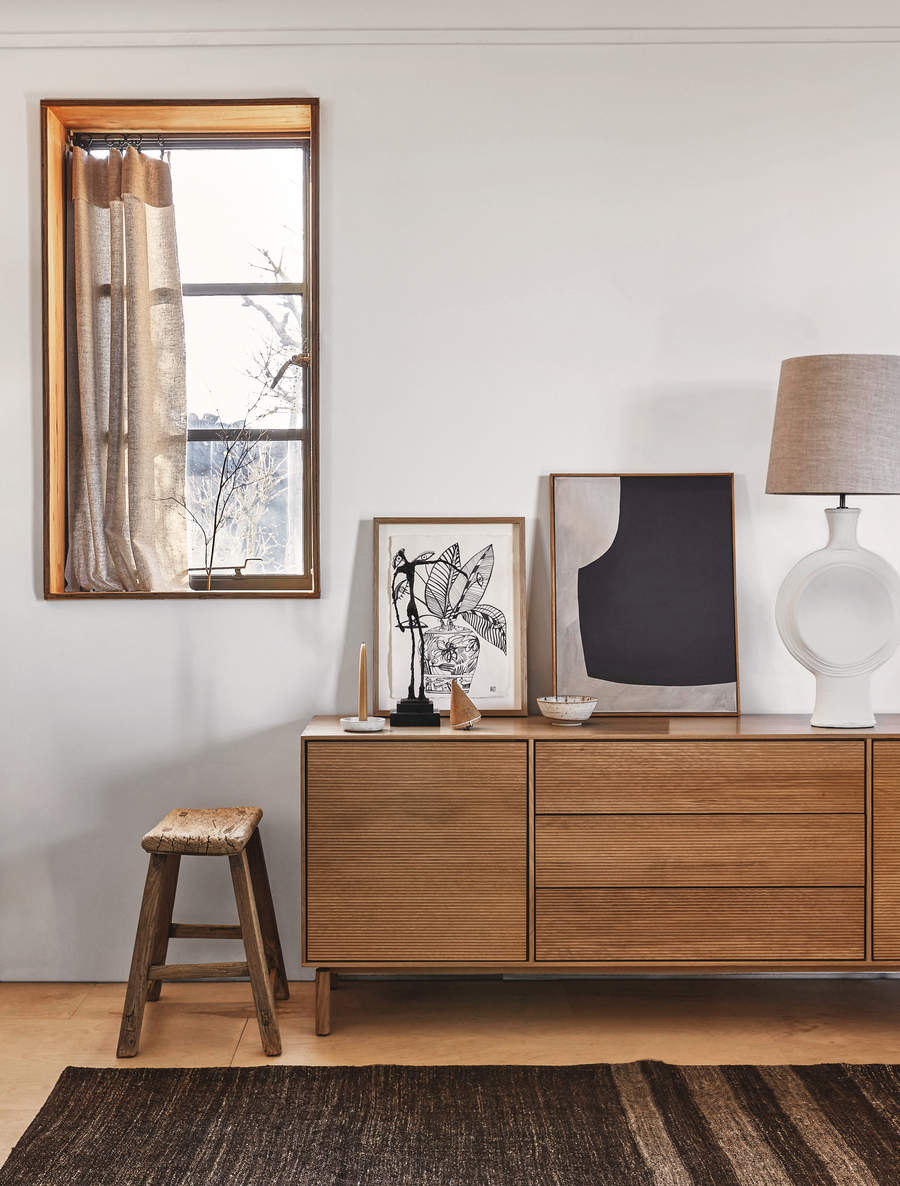
What you’ll need
- Sandpaper or sanding blocks of different grits: The higher the grit number, the smaller the abrasive particles and the smoother the finish)
- Wood filler or putty: Gorilla Wood Filler from Walmart is a popular choice
- A small putty knife
- Wood stain: Try this highly-rated Set of 13 Wood Markers and Wax Sticks from Walmart.
- Wood polish or finish
- A soft cloth
Assess the damage
The first step is to see how widespread or deep the scrape or scarring is. For light scratches in wood, it might be possible to do a simple repair with touch-up pens or stain and polish. For a deeper mark, it could require a four-step process to remove all evidence of the gouge.
Start by cleaning the surface with a damp cloth to remove dust or debris. Next, pick the type of treatment you will use to repair the damage. Make sure you have all the tools you’ll need to hand, and you are ready to begin.
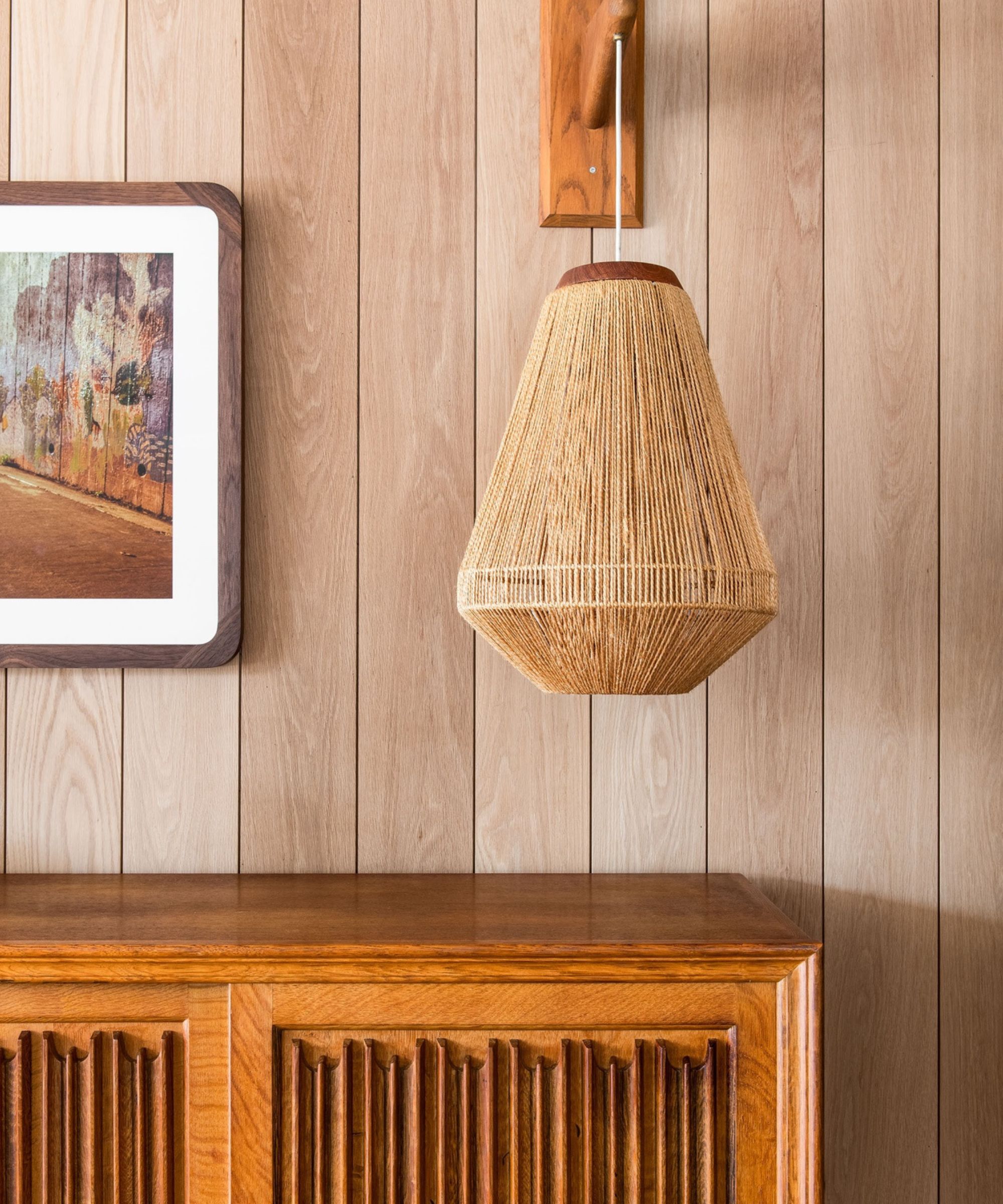
Treating light scratches in wood
As an experienced furniture mover, Nick Valentino, VP of Market Operations of Bellhop, knows what to do if pieces get scuffed in transit:
‘For shallow scratches and dents, repair markers work great. They're made from a waxy substance that will fill in the physical space of dents and come in enough colors that you should be able to match whatever you're working with.
‘Some minor scratches and dents are a fact of life in the moving industry, and we keep a set of these in each of our moving trucks in order to repair minor damage for our customers.’
Blending in marks
Other remedies for concealing scratches can be found in your kitchen store cupboard or your children’s art box.
‘One of the most common remedies for removing scratches is using equal parts vinegar and oil, and dampening a cloth with it,’ says Clare Jackson, Founder and MD of Wooden Furniture Store. ‘If you rub with some effort, the scratches will lessen.
‘A surprising one is probably wax crayons that children use to color. If you use a crayon that matches your furniture, you can use it to fill in a deeper scratch and buff it out with a cloth afterward.’
These wood wax crayons from Amazon are available in shades to match light and dark woods. These can be drawn along the scratch and leveled off with a scraper or warmed and dripped into a gouge or hole before the top is scraped flush to the surface.
If you like rustic-style furniture, the odd scratch can add to its charm; just use fine-grain sandpaper and rub gently until it blends with the rest of the wood.
One specific treatment for marks in walnut wood is to use the tree's fruit. To do this, rub a walnut into the scratch until the damage has lessened.
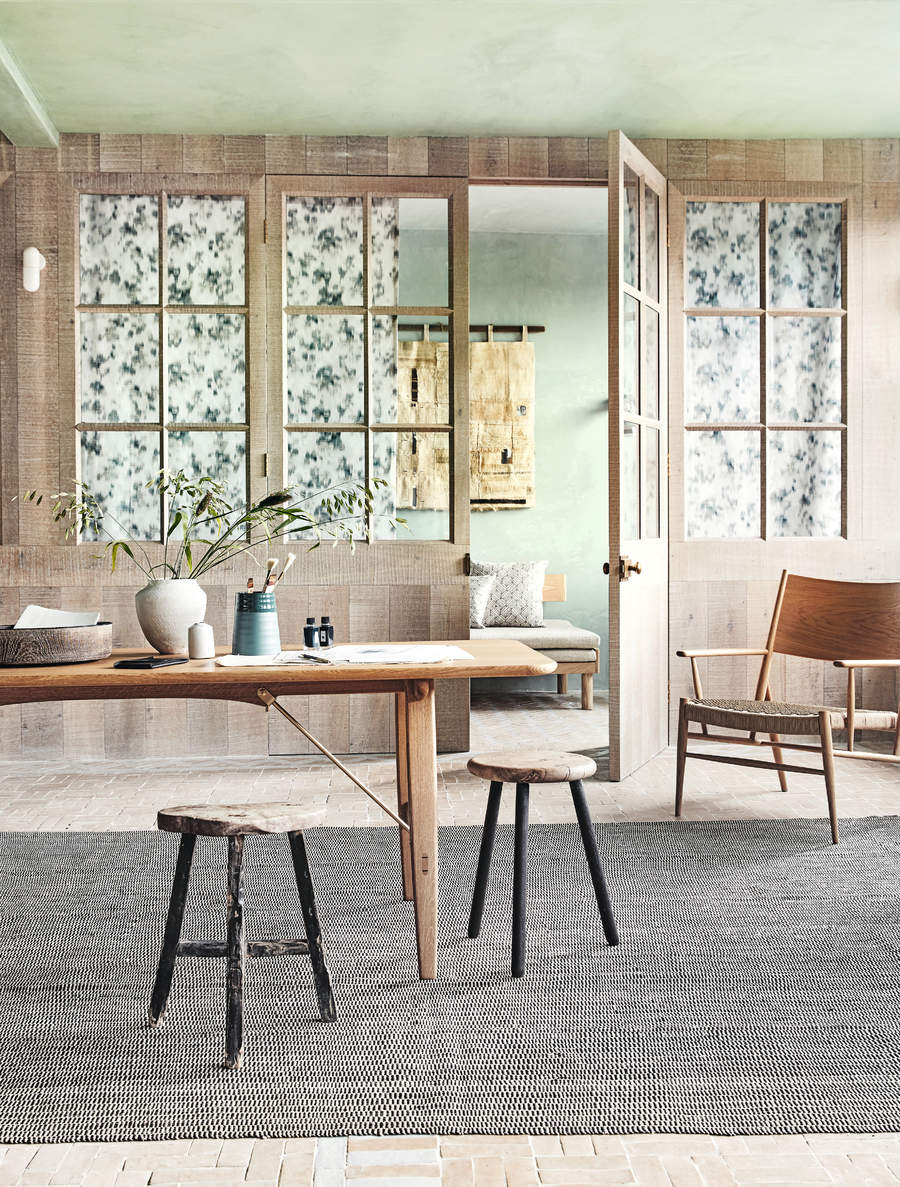
Treating deep scratches in wood
If the cut is deep enough to need filling, clean it out and then apply wood filler or putty, applying it until it is level with the rest of the surface.
‘Once the filler is dry, gently sand the area with fine-grit sandpaper, starting with a coarser grit and gradually progressing to finer grits until it’s smooth,’ says Tommy Mello, DIY expert and Founder of A1 Garage Door Service. ‘Afterwards, use wood stain or touch-up markers to match the original finish, blending the repaired area seamlessly.’
To finish, use wood polish to make sure the repaired area merges with the rest of the piece of furniture or tabletop. ‘Take your time to buff and polish the entire surface, eliminating any remaining imperfections and providing a uniform shine and protection,’ adds Tommy. ‘By paying attention to detail, you can restore the wood surface to its original beauty, making the scratches virtually undetectable.’
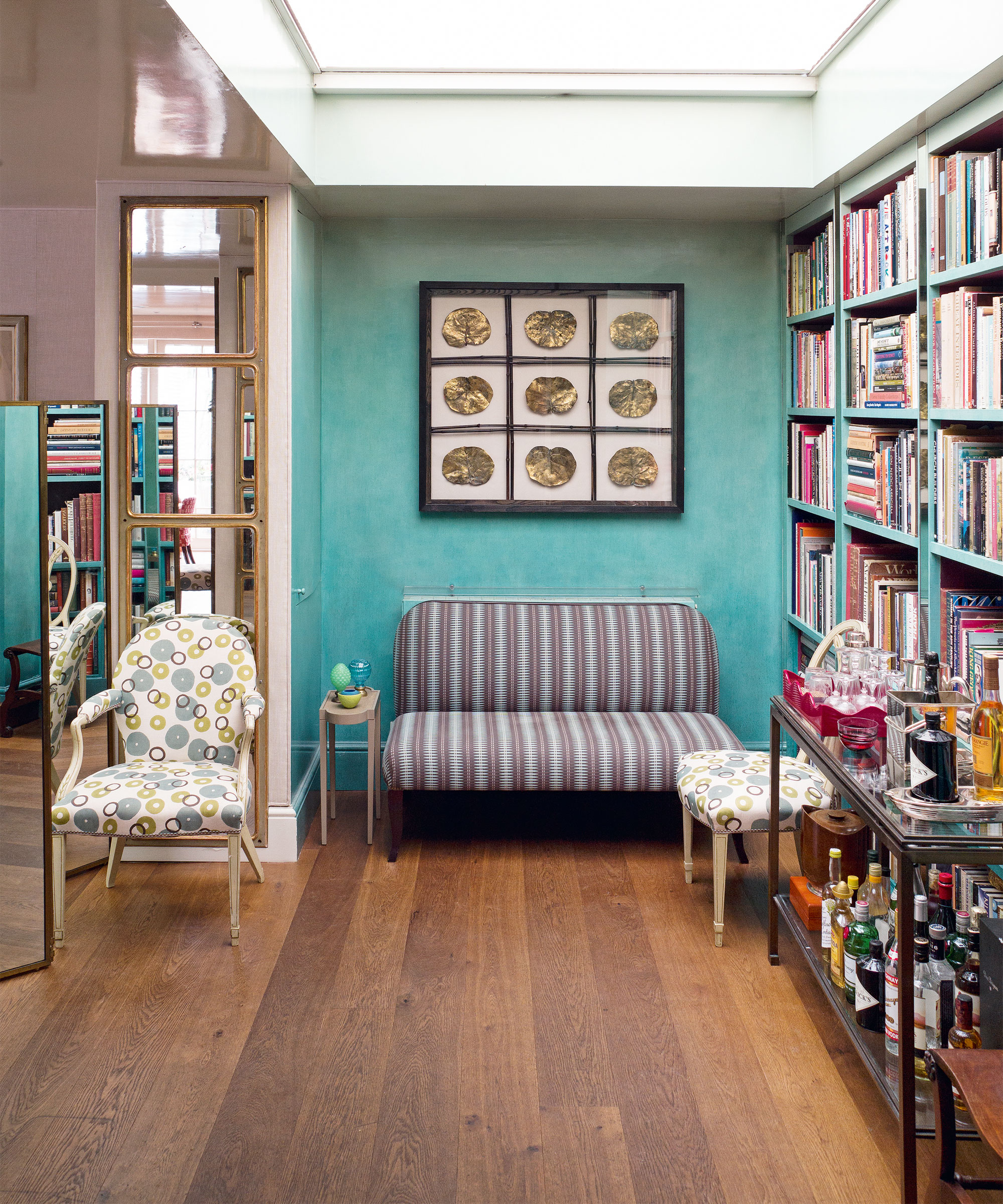
Treating scratches in wooden floors
For a scratch on a wooden floor, clean the affected area using a soft cloth and a hardwood floor cleaner, then fill in the mark with a blending pencil.
If there are widespread scratches caused by furniture being dragged around, the whole floor may need refinishing or recoating. You should also look to put felt furniture protectors on the legs to stop it from happening again.
A hand sander could be used to smooth out deeper scratches and then match with the original finish that you used. Professional floor restorers often mix sawdust with wood glue or epoxy resin to create a filler to match the color and texture of the wood.
You can also refresh tired-looking wood with paint. Let the floor become your canvas and experiment with color and pattern.







